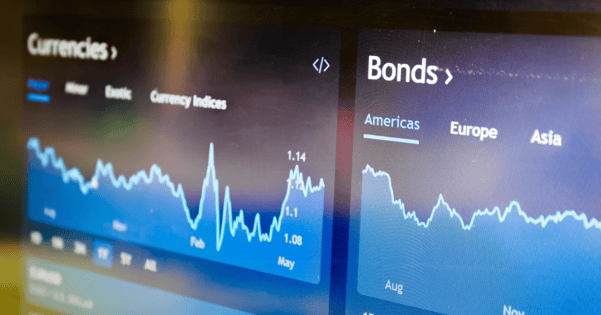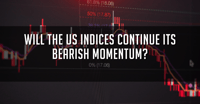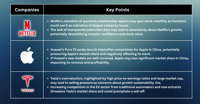Japan intervened in the foreign exchange market on Friday to buy yen for the second time in a month after the currency hit a 32-year low near 152 to the dollar. The next question is: Central banks’ interventions are returning?
The answer is unclear at this moment, and it will be difficult for most investors to catch those moves. However, everything can be predicted or guided through the current bond market.
Japan has been attempting to shore up the battered currency as the central bank sticks with ultra-low interest rates, countering a global trend of tightening monetary policy and widening the gap between the US and Japanese interest rates.
After the dollar rose to 151.94 yen, its highest since 1990, the intervention drove the greenback down more than 7 yen to a low of 144.50 yen. The US currency was last down 1.8% at 147.34 yen.
This year, bonds have been their owners' main source of discomfort. The key inflictor of the pain the Federal Reserve believes the economy and markets must bear to defeat inflation.
The unsettling impact of the relentless ramp in Treasury yields from historic lows to 14-year highs has been as clear and explosive as nitroglycerine: a paralysed housing market, a Fed-fearing bear stock market and inflamed recession fears.
Yet, the effects from this point of a return to the old normal of higher bond yields and positive real (inflation-adjusted) yields are not clearly linear nor entirely negative.
On a longer-term basis, the return of a more generous safe yield into the financial system should support investors’ ability to shoulder risk, impose discipline on corporate capital allocation, lead to a new equilibrium for equity valuation and restore the benefits of smart diversification.
Watching the markets day to day lately leaves the impression that the stock market was a mere puppet of Treasury yields, with higher yields thwarting rallies and pressuring share prices, while each equity uptick seems to require yields to pause or ease back.
The S&P 500 closed Friday at 3752. A month and a day earlier, it finished at 3757. Three months before that, on 22 June: 3759. The 10-year Treasury yield on those dates: 4.24% now, 3.69% on 22 September and 3.07% on 30 June.
This also underscores that the broad stock market, for as challenged and twitchy as it has been, has not registered any net downside for the past four months even as the market’s projection for the Fed’s terminal short-term rate reached near 5% and leading indicators of a potential recession have been accruing.
Fullerton Markets Research Team
Your Committed Trading Partner














